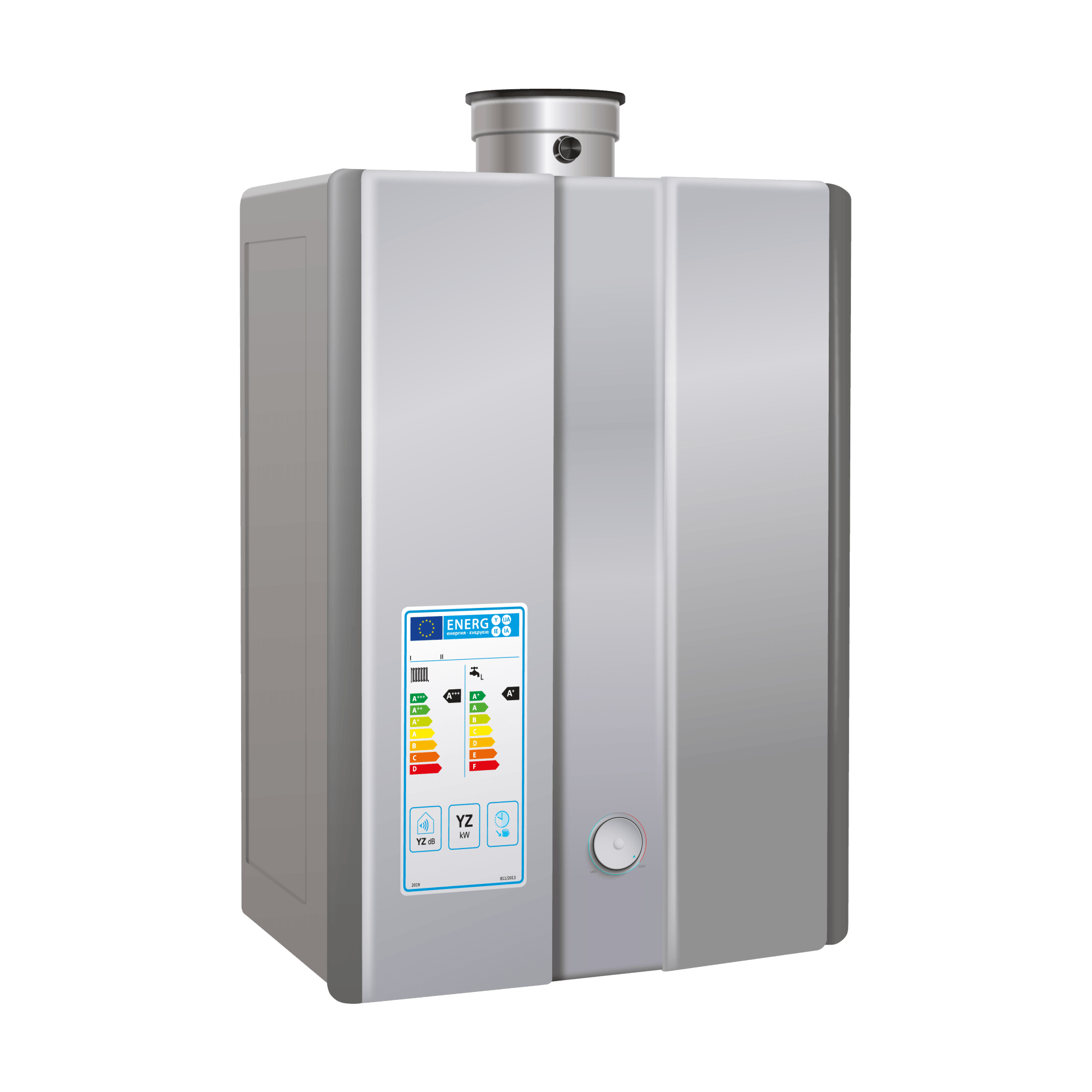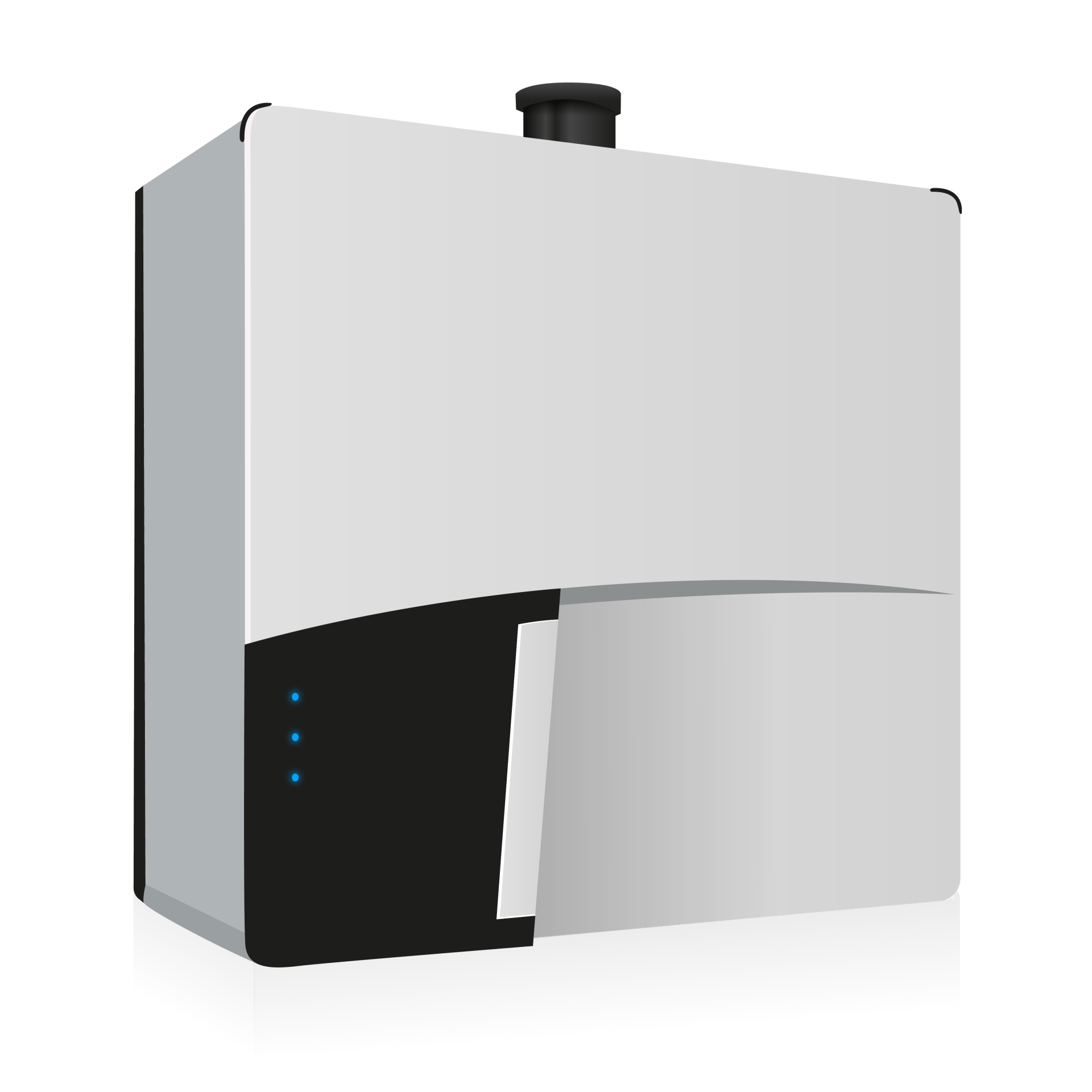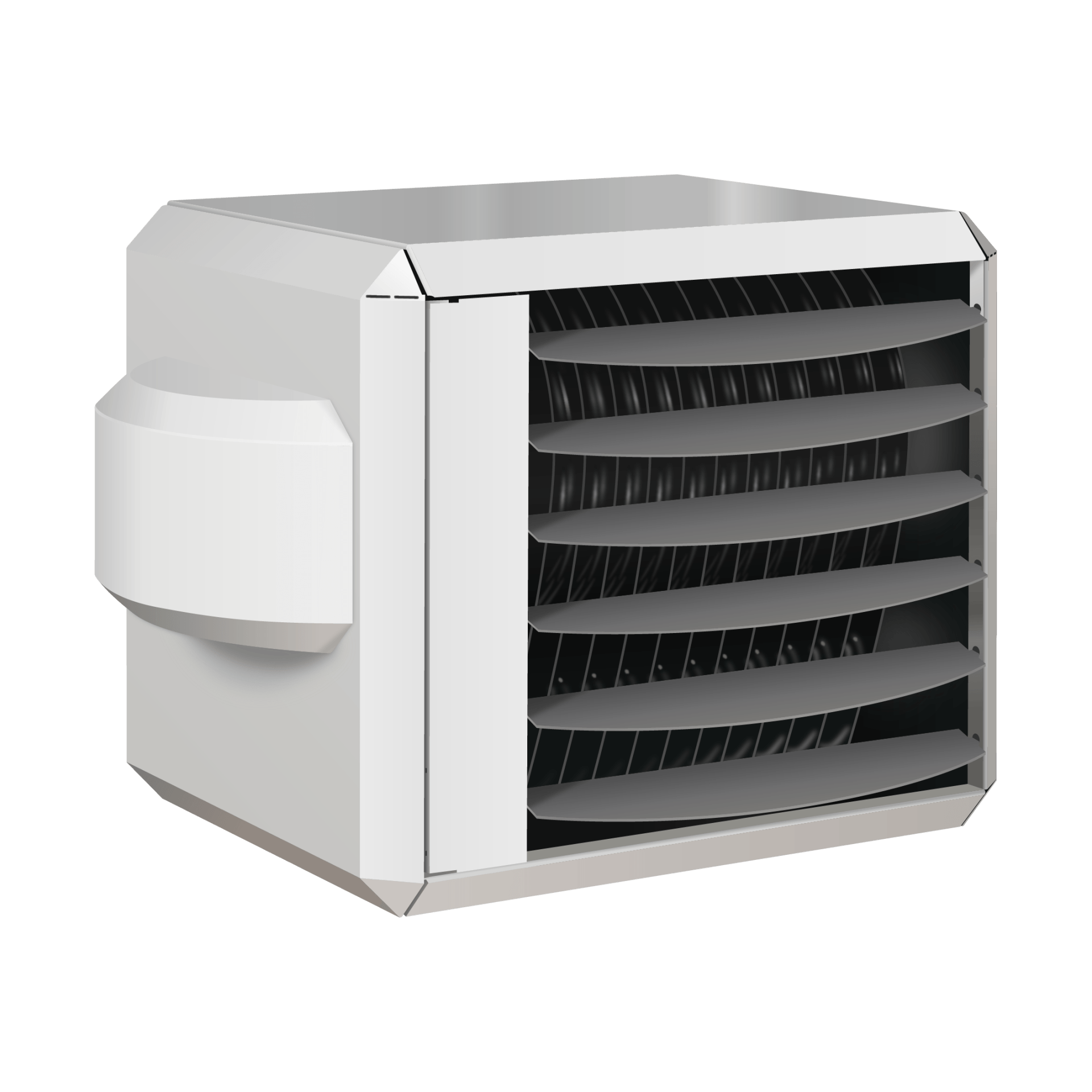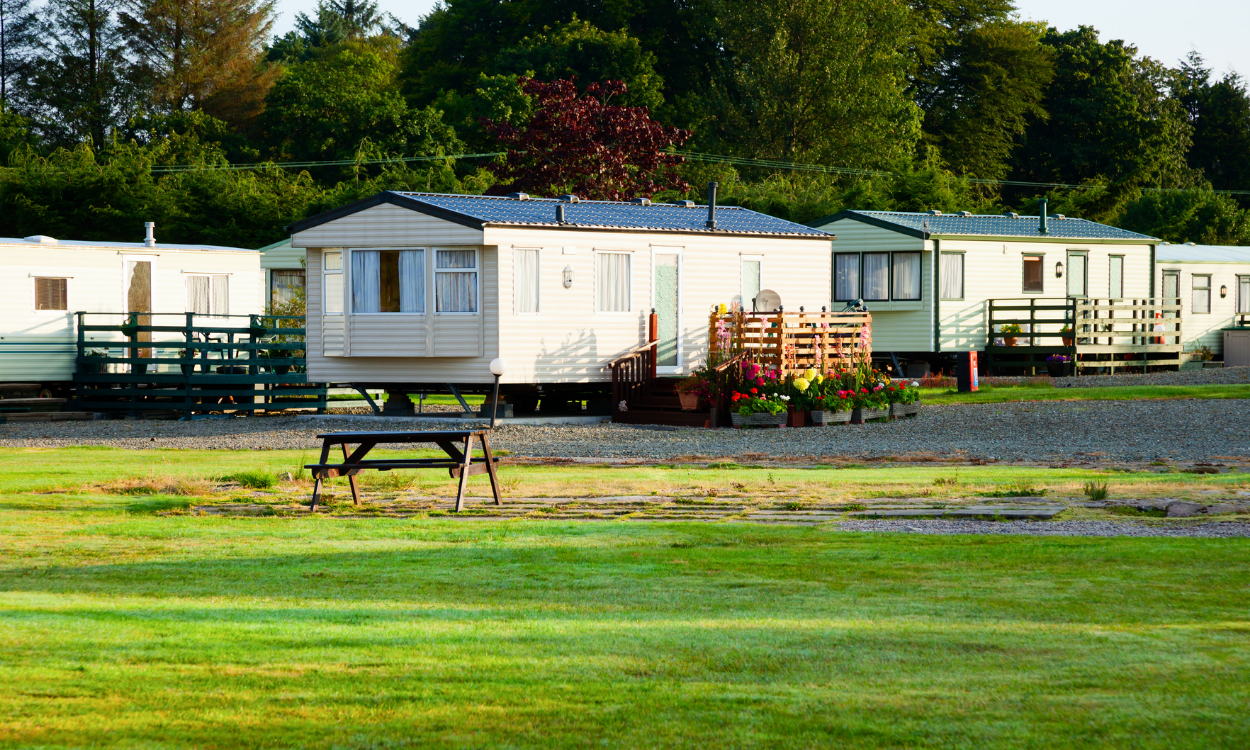The Ultimate Guide to Warehouse Heating Solutions in the UK
Welcome to the definitive 2025 guide to warehouse heating in the UK. For any business operating a warehouse, factory, or large-scale industrial unit, managing the internal environment is a critical operational challenge. An inadequately heated space doesn't just lead to uncomfortable staff; it can damage stock, reduce productivity, and represent a significant breach of UK workplace regulations.
With energy costs remaining a primary concern for businesses, choosing the right heating solution is no longer just about warmth—it's a crucial financial and strategic decision. This guide, brought to you by the experts at Factory Heaters, provides everything you need to know. We will explore the different types of heaters, discuss how to maximise energy efficiency, explain the relevant safety regulations, and show you how to create a safe, productive, and cost-effective environment.
Whether you're specifying a system for a new build, replacing an ageing unit, or simply looking to slash your winter energy bills, this guide will provide the clear, expert advice you need.
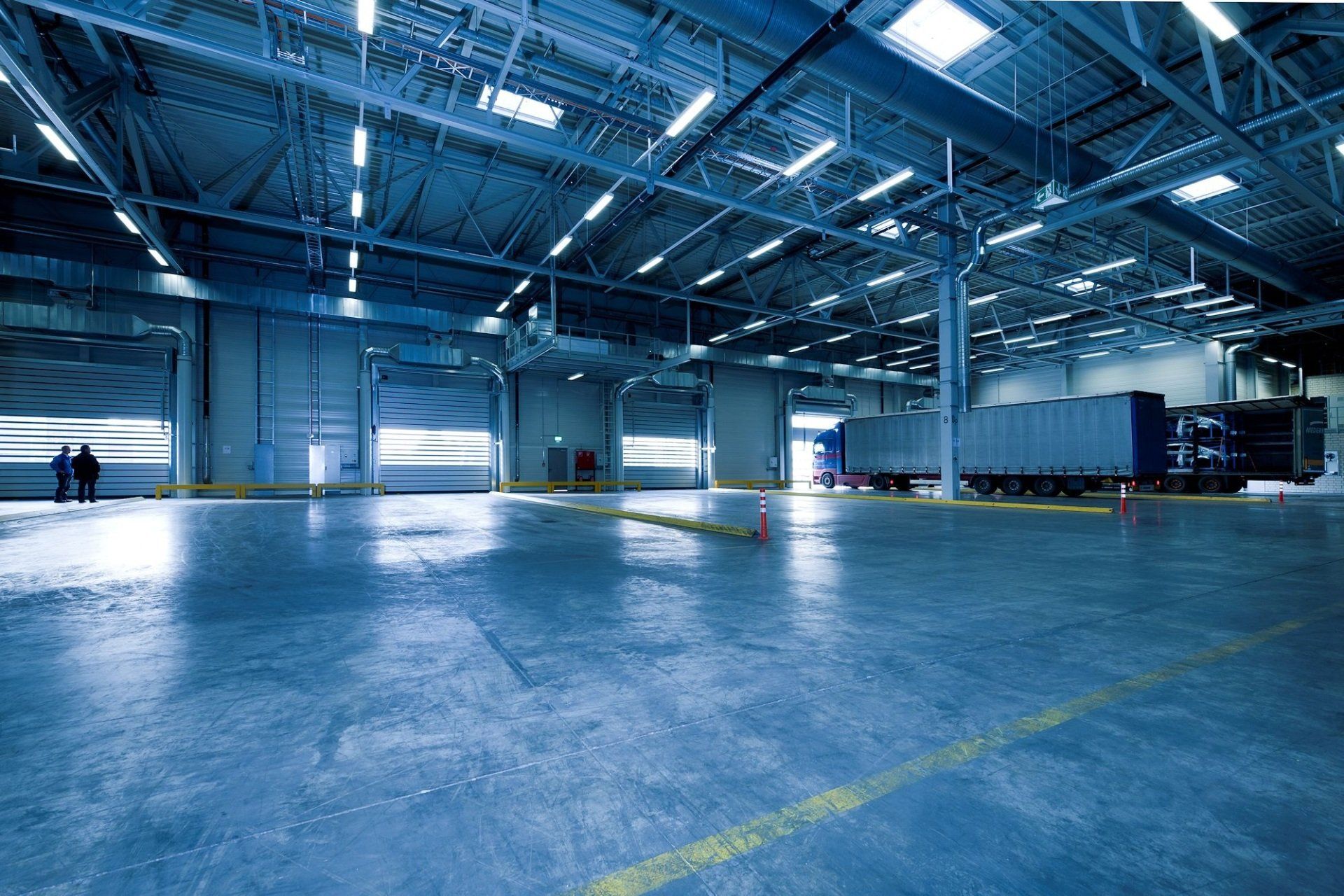
Types of Warehouse Heaters: Pros and Cons
The first step in any warehouse heating project is understanding the available technology. The unique nature of a large, high-ceilinged space means that domestic or standard commercial systems are ineffective. Specialised industrial solutions are required.
Suspended Warm Air Heaters: The Industry Standard
Suspended warm air heaters are the most popular and often most effective solution for general warehouse heating. These robust units are typically gas-fired and are suspended from the ceiling or mounted on walls, saving valuable floor space.
How They Work: The unit draws in cool air from the warehouse using a powerful fan. The air is passed over a heat exchanger that is heated by a gas burner. This heated air is then distributed throughout the space via directional louvres.
Pros:
- Highly Effective: They provide widespread, even heat distribution for large open areas.
- Cost-Effective: Gas is typically a more affordable fuel, and the initial capital cost of these units is very competitive.
- Fast Warm-Up: They can bring a large space up to temperature relatively quickly.
- Trusted Brands: At Factory Heaters, we supply market-leading Winterwarm heaters, renowned for their reliability and high-efficiency performance.
Cons:
- Potential for Stratification: As warm air naturally rises, without proper management, a layer of hot, wasted air can form at the ceiling (we will cover the solution to this later).
Cabinet Heaters: Floor-Standing Power
Cabinet heaters operate on the same principle as suspended warm air heaters but are floor-standing units. They are ideal for situations where ceiling or wall mounting isn't practical. They can be positioned in a corner of the warehouse or in a dedicated plant room, with the warm air distributed via ductwork if required.
Radiant Tube Heaters: Heating Objects, Not Air
Radiant heaters work very differently. Instead of heating the air, they emit infrared radiation which travels through the air and heats the solid objects it hits—the floor, machinery, racking, and people.
How They Work: Gas is combusted within a long tube, heating it to a high temperature. A polished reflector directs the infrared heat downwards.
Pros:
- Unaffected by Air Movement: Excellent for drafty spaces or buildings with frequently opening loading bay doors, as the heat isn't blown away.
- Zoned Heating: Perfect for creating "spot" heating in specific work areas without having to heat the entire building.
- No Air Circulation: Does not circulate dust or fumes, which can be a benefit in certain sensitive environments.
Cons:
- Slower Warm-Up: Can feel slower to heat the overall "feel" of a space as it relies on warming the thermal mass of the building.
- Line-of-Sight: Can create shadows where objects are shielded from the radiant heat.
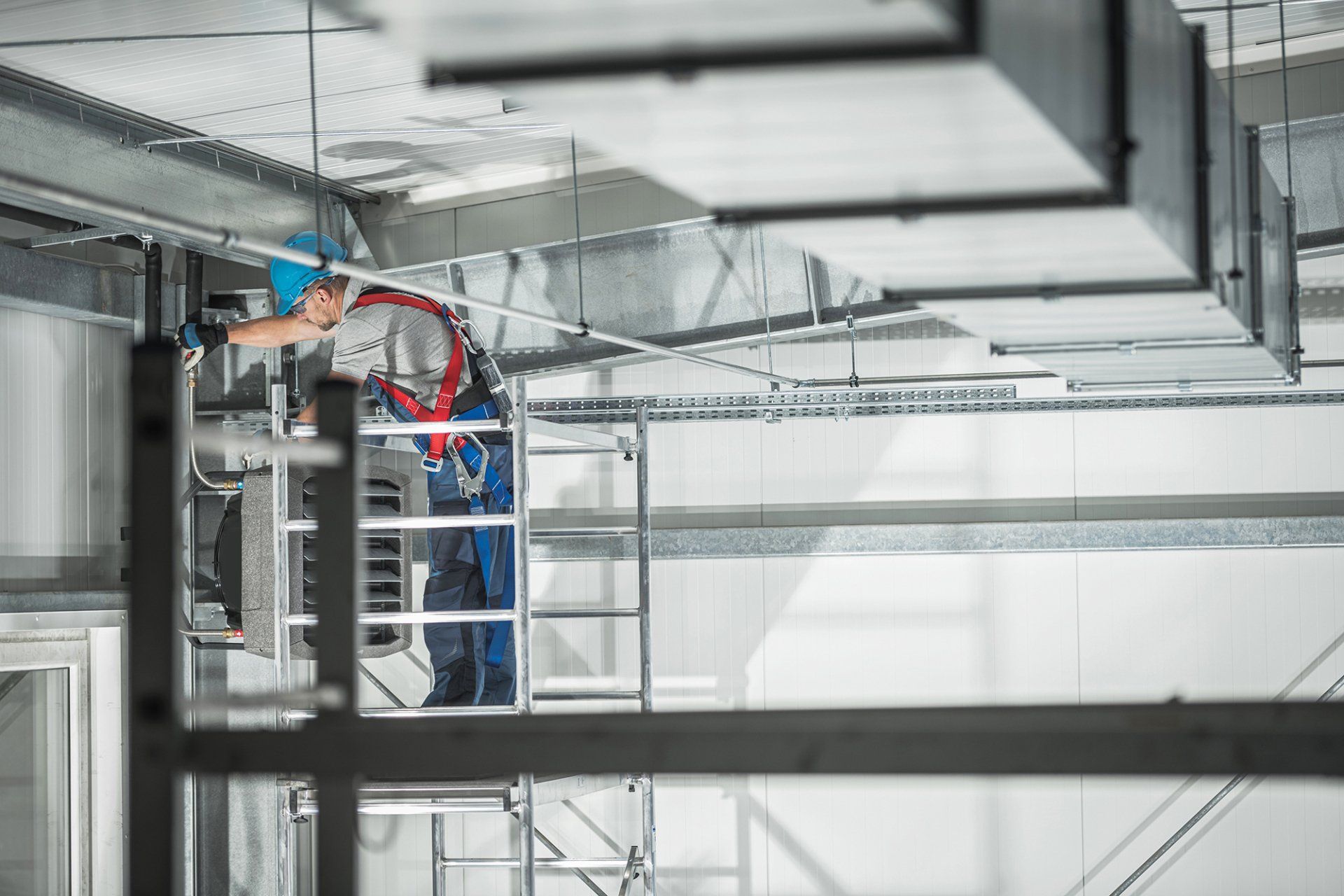
Choosing the Right Fuel: Natural Gas, LPG, or Electric?
The fuel you use will be the biggest determinant of your running costs.
- Natural Gas: For businesses connected to the mains gas grid, this is almost always the cheapest and most convenient fuel for warehouse heating.
- LPG (Liquefied Petroleum Gas): For off-grid locations, LPG provides the same heating power as natural gas but is typically more expensive and requires a large storage tank on-site.
- Electric: While the upfront cost of electric heaters can be lower and installation is simpler, the running costs are significantly higher than gas. According to government data, the per-unit cost of electricity is often 3-4 times that of gas. Electric heating is generally only viable for smaller units or for occasional "top-up" heating.
The Biggest Challenge: How to Heat a Large Space Efficiently
Simply installing powerful heaters is not enough. An efficient system is a smart system. Two key technologies are essential for any energy-efficient warehouse heating solution.
The Critical Role of Destratification Fans
Thermal stratification is the single biggest cause of energy waste in a tall building. As your warm air heaters pump out hot air, it immediately rises, forming a thick layer of wasted heat at the ceiling. It's not uncommon for the temperature at the roof to be 10-15°C warmer than on the floor where your staff are working. Your heating system then has to work overtime, burning more fuel to compensate for this effect.
The Solution: Destratification fans are the answer. These large, low-speed fans are installed at ceiling level and are designed to gently push this layer of hot air back down into the working zone. According to a report from the Carbon Trust, an effective destratification system can reduce heating fuel consumption by up to 30%. They are a simple, low-cost addition that offers an incredible return on investment.
Smart Controls & Intelligent Zoning
Heating your entire warehouse to 18°C around the clock is incredibly wasteful. Modern smart controls are essential for minimising running costs.
- 7-Day Timers: Allow you to create a heating schedule that matches your operational hours precisely.
- Optimum Start/Stop: The controller learns the thermal properties of your building and automatically calculates the latest possible time to turn the heating on to reach the target temperature by the start of the shift.
- Zoning: Allows you to divide the warehouse into different areas (e.g., packing, storage, loading bay) and control the heating in each zone independently.
How to Correctly Size Your Warehouse Heater
Correctly sizing the heating system is a complex task that should always be undertaken by a qualified engineer. An undersized system will fail to keep the space warm, while an oversized system will be inefficient and costly.
Our engineers conduct a detailed free site survey to calculate the building's heat loss. Key factors we consider include:
- Building Dimensions: The total cubic volume of the space to be heated.
- Construction & Insulation: The materials used in the walls and roof, and the level of insulation present.
- Doors & Windows: The size and type of loading bay doors and the number of windows.
- Usage & Air Changes: How frequently large doors are opened, and whether any extraction systems are in place.
- Desired Temperature Rise: The difference between the desired internal temperature and the average external winter temperature.
Based on this heat loss calculation, we can specify the exact number, size, and model of heaters required to provide efficient and effective warmth.
Safety & Compliance for Warehouse Heating
Operating powerful gas appliances comes with a legal and moral responsibility to ensure safety.
Warehouse Heating Regulations UK
The Health and Safety Executive (HSE) provides an Approved Code of Practice for workplace temperature. While there is no legally mandated minimum temperature, the guidance suggests that for work involving physical effort (typical in a warehouse), the temperature should normally be at least 13°C. A properly functioning heating system is essential to meet this duty of care to your employees.
The Importance of Gas Safe Registered Engineers
By law, any person carrying out work on a gas appliance in the United Kingdom must be on the Gas Safe Register. This is not optional. All installations, servicing, and repairs on your warehouse heaters must be performed by a qualified Gas Safe engineer. This ensures the work is completed to the highest safety standards, protecting your staff and your business from the risks of gas leaks and carbon monoxide poisoning. Factory Heaters is a fully Gas Safe registered company.
Why Choose Factory Heaters for Your Warehouse?
Choosing a heating partner is about more than just buying a product; it's about investing in a long-term solution.
- Decades of Expertise: We specialise in industrial and factory heaters. It's what we do. Our team has the experience to design a system that works for your unique space.
- Quality Products: We only supply heaters and components from market-leading brands like Winterwarm, ensuring performance, efficiency, and longevity.
- End-to-End Service: From the initial free site survey and system design to the full commercial heating installation and ongoing annual servicing, we manage the entire process for you.
- Focus on Efficiency: Our goal isn't just to heat your space; it's to do it in the most energy-efficient way possible, saving you money on your bills for years to come.
Ready to create a warm, productive, and efficient warehouse environment? The first step is a conversation.
Contact our expert team today to schedule your FREE, no-obligation site survey and detailed quote.
Call us on 01928 61100 or fill in our online contact form.
